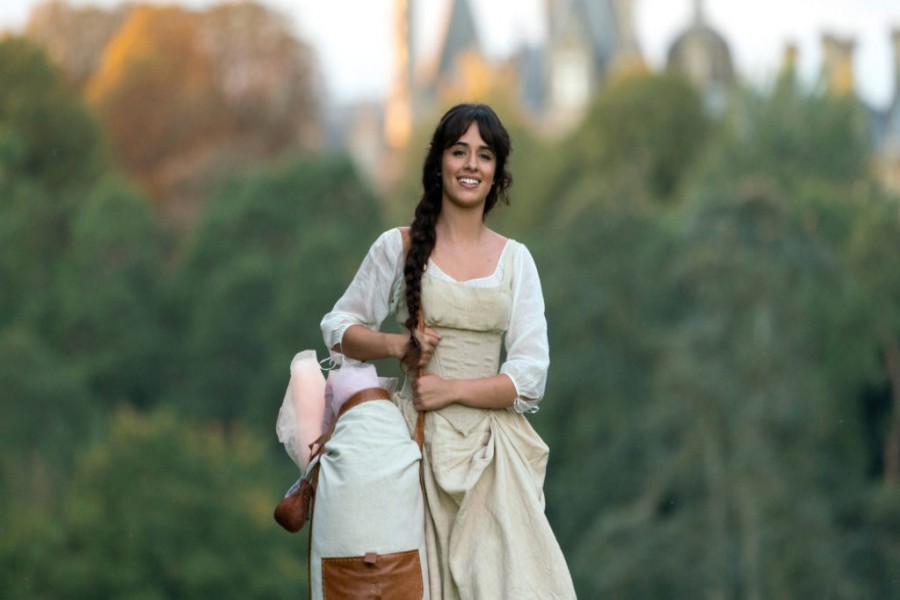The latest adaptation of Cinderella demonstrates that Hollywood continues to struggle with the subtle differences between inclusion and diversity. The ubiquitous presence of social media scrutiny and entertainment industry members’ objection to the lack of representation of marginalised groups in media, especially in leading roles, had pressured Hollywood to acknowledge the problem. Reimagining stories with people of colour has been a response to tackle the issue. And it is part of the problem.
The 1950 original Disney animation depicted Cinderella as a blue-eyed, white, blonde woman. Camilla Cabello, as one of the few Latinx women protagonists in Hollywood, counteracts this long-running imagery in the new reboot.
The trailer alone reveals the POC representation through an ethnically diverse cast, with the exception of the portrayal of a white royal family- as part of a strategy to reflect the changing nature of society.
Is racebending a valid solution to Hollywood's severe diversity issue? Racebending has not always been perceived as a negative phenomenon – as evidenced by Disney's Little Mermaid recreation as well as the Avengers' Nick Fury and other notable Marvel characters, but it has been met with criticism nonetheless.
Instead of creating completely unique and fresh characters, why is it necessary to replace white characters with actors of a different race on a constant basis? The casting of this film appears to be more deliberate than coluorblind, paving the way for representation for the sake of it. The inclusion of a gender-neutral fairy, Fab G, played by the legendary Billy Porter, is the film's most innovative plot point. Surrounded by all of the diversity cards that are being added to the blend, it may appear as a desperate attempt to deliver the message.
Flooded with a plethora of overwhelming themes, the story appears to have been written for a Generation Z audience. The dominant narrative of the latest film takes a more feminist stance by portraying Cinderella as a budding dressmaker who wants to make a name for herself in the fashion industry. When she is dressed in a pant suit by her genderless fairy godmother in a noteworthy sequence, the filmmakers reinforce the notion that a woman must dress as a man in order to be successful.
Looking back at previous Cinderella reimaginings, there are examples of retelling that worked – at least for the time period in question. Ella Enchanted, released in 2004, introduces new elements without overdoing it, while maintaining the integrity of the original story.
Marginalisation of minority groups is explored in the film; the giants and the elves are considered as outcasts, prompting young Ella to take on the role of an advocate in the fight for equal rights. Ella, the story's central protagonist, is given more depth than just being a helpless young lady in need of saving.
It also includes humor and music, which is basically everything that the recent adaptation endeavours to do, but in a more subtle way. A more well-known example of a multidimensional production would be the film- A Cinderella Story, which was coincidentally released in the same year.
The issue with tokenism is that it reinforces stereotypes and splashes inherent one-dimensional ideas that should be dismantled. It is troubling to learn that eventhough the creators were from marginalised groups, no one found it problematic. Is the film addressing diversity solely for the sake of it?
However, the reality is that the world does not require another Cinderella or other old princess story adaptation. Instead, people need fresh, insightful and intricate stories that depict society and its intersectionality in its entirety.


